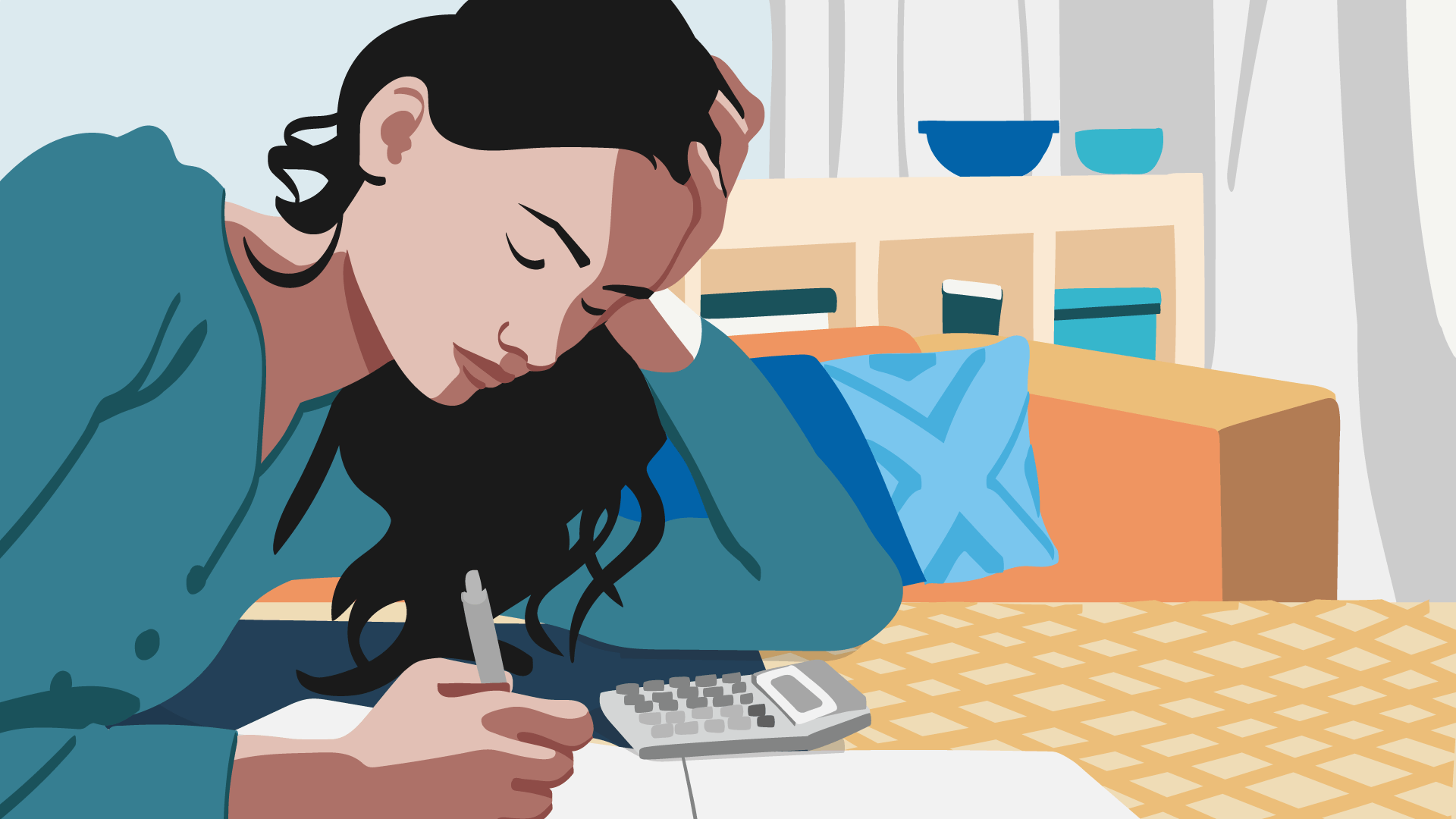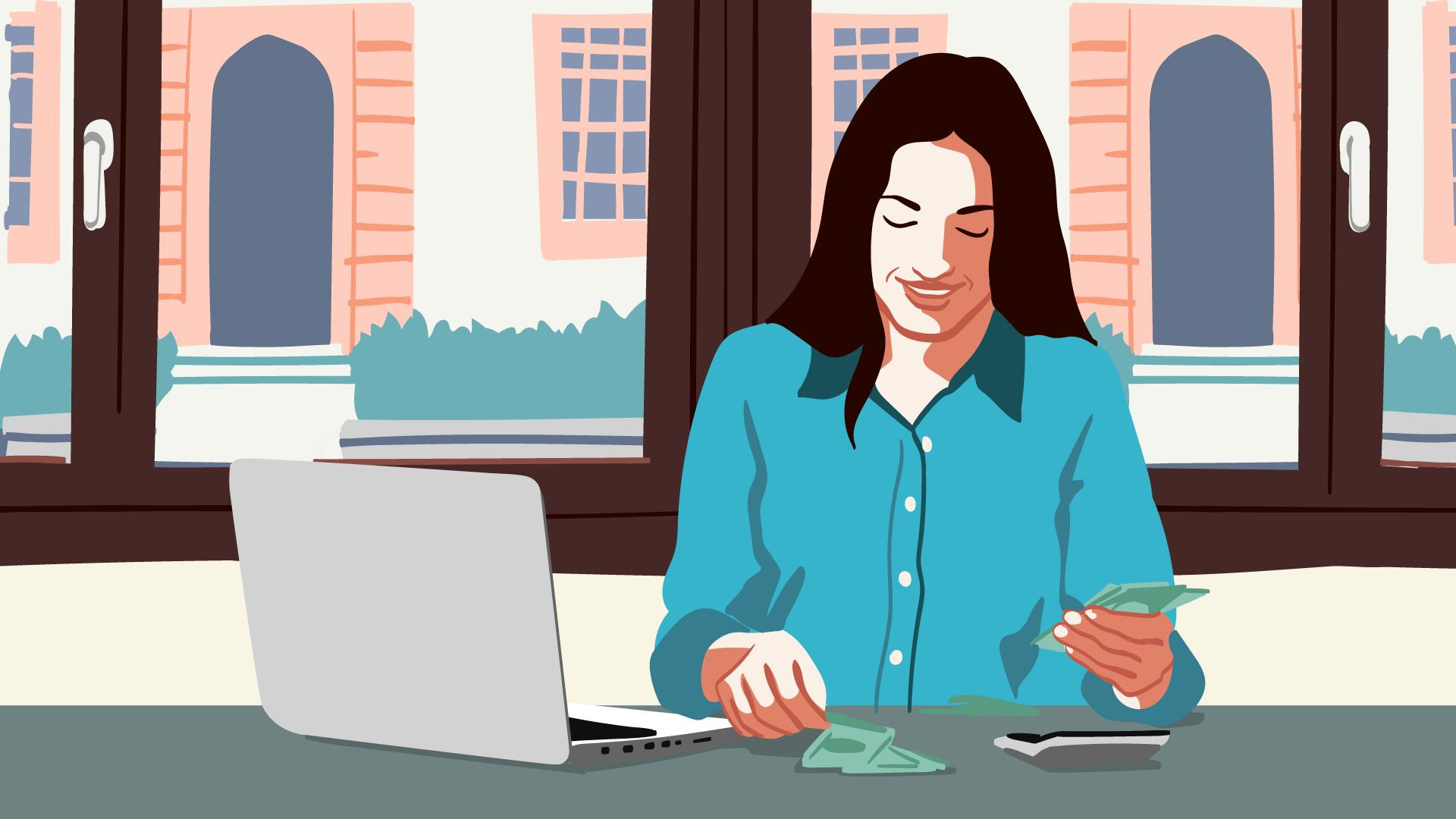Tax Advisor or Accountant – Yes, No, Maybe?
When starting out, it may seem daunting to deal with your tax returns by yourself. It may seem even more daunting, however, to find a tax advisor ( Steuerberater ) or accountant ( Buchhalter ) who speaks good English! Try googling Steuerberater or Buchhalter Englisch or reaching out to other freelancers, for example in co-working cafés or in Facebook groups.
The main benefits of a tax advisor are that he or she can help you communicate with the Finanzamt and extend deadlines (for example, when your income tax is due). An accountant can help you fill in all your forms, too, but can normally not apply for extended deadlines. However, if you notice that you can’t make a deadline for a good reason, you can always (get someone to) contact the Finanzamt and explain the situation – contrary to popular myth, they’re human, too!
Alternatively, take a look at the online invoicing and accounting tool debitoor . It also ties in with your Kontist account.
Next Steps…
Unfortunately, there are a couple of other things that you will need to wrap your head around before you can truly set sail and leave the bay of bureaucracy behind (at least for the time being).
As a freelancer, you're not obliged to pay for public health, unemployment, or pension insurance. But health insurance is mandatory. You have three main options: public, private, or expat health insurance. If you need help comparing your health insurance options, Feather's team specializes in supporting international residents in Germany.
If you are a writer or artist, for example, you may be eligible to join the Künstlersozialkasse (KSK) which is a social insurance that covers healthcare, care for the elderly and pensions, and contributions are income based.
Open a bank account: There are some great digital banks out there which enable you to open an account with a lot less hassle than going to one of the traditional branches. Kontist has been designed especially for freelancers and you can set it up in just 10 minutes.
*correct at date of research
About the author: Kathy Kunz is a Berlin-based bi-lingual copywriter who was born and bred in Scotland to German parents. She hopped on the freelance rollercoaster 4 years ago and is still enjoying the ride. Most of the time. Kathy also works in interior design.


